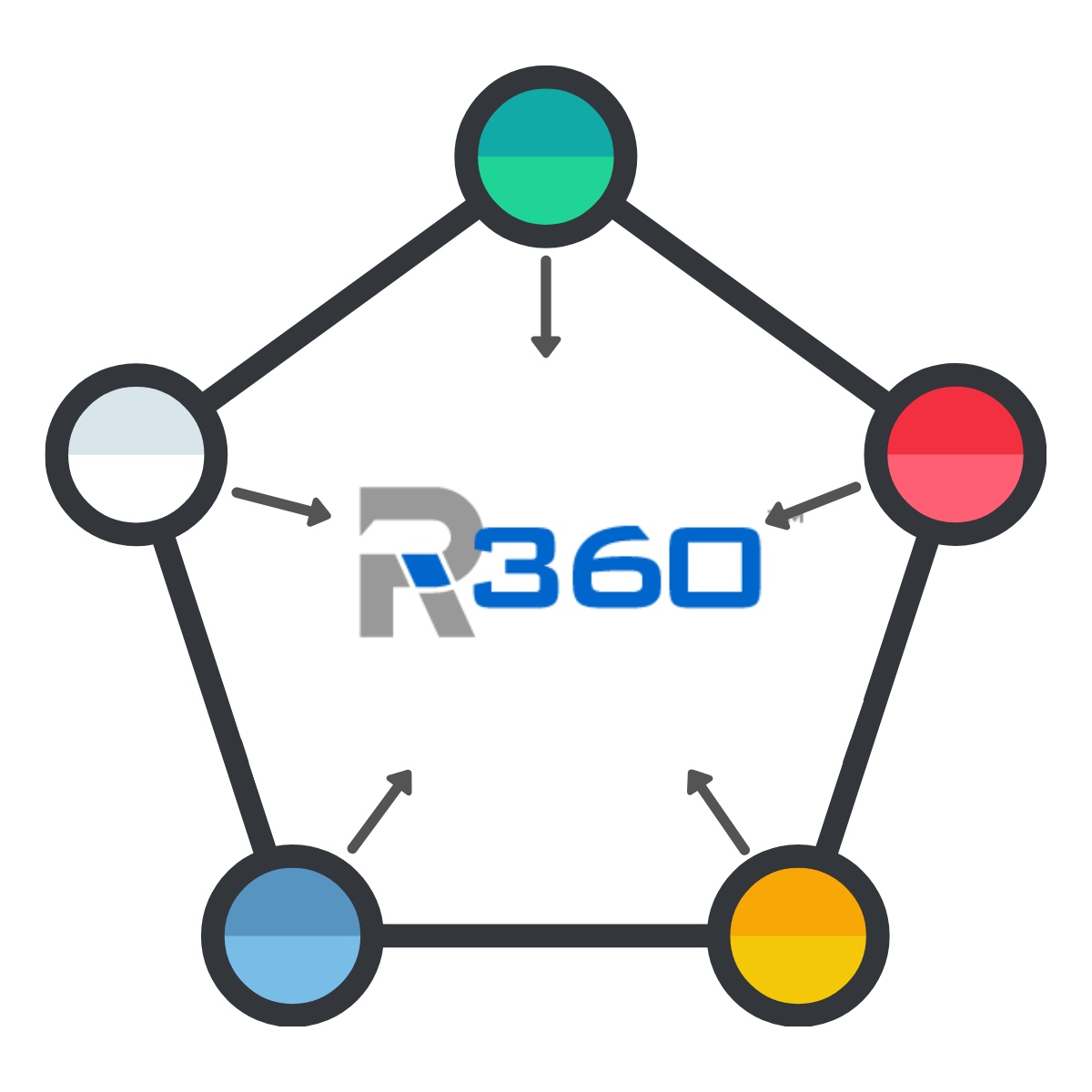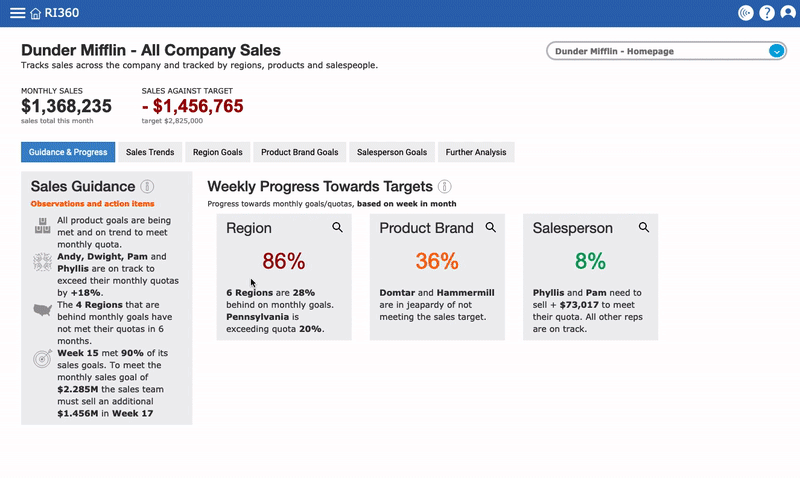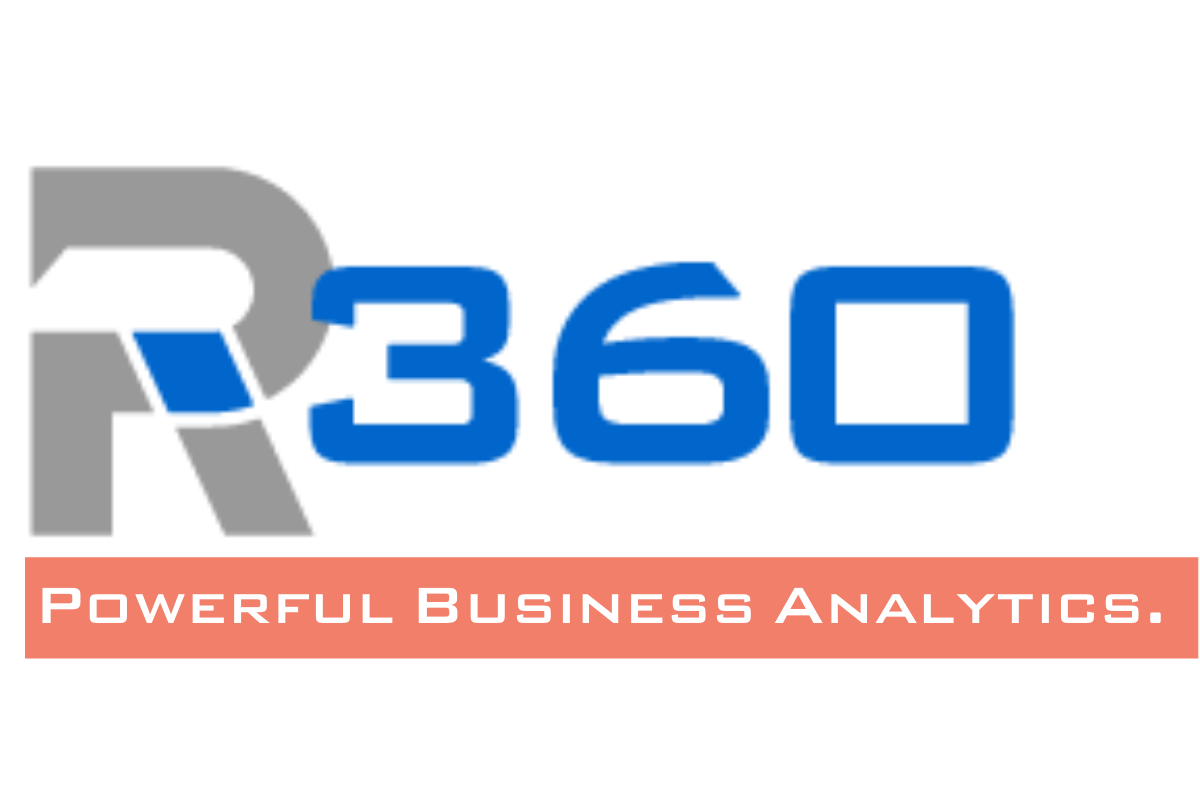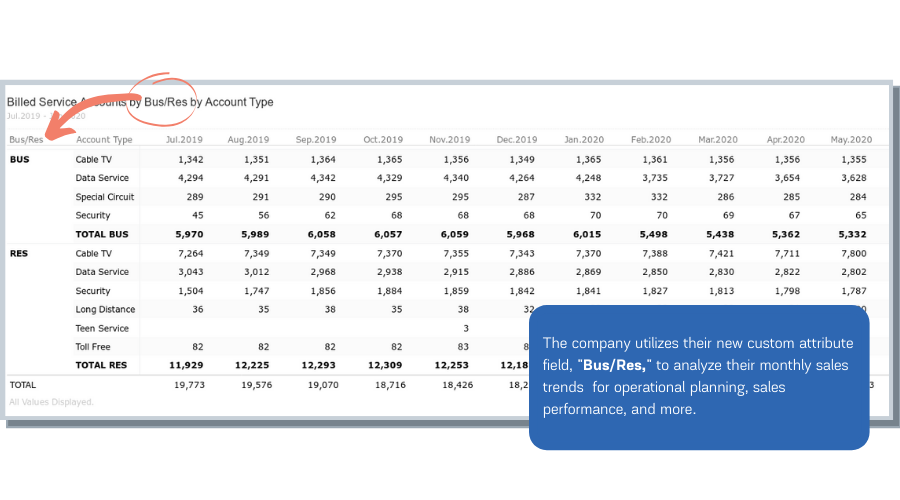As we march in to 2020, businesses are increasingly prioritizing sustainability mandates and goals. While the reasons for sustainability vary - from eco-conscious leaders to customer expectations and citizen activism - the goal is the same: have minimal negative impact or a potentially positive effect on the global or local environment, community, society or economy - a business that strives to meet the triple bottom line (Wikipedia).
The stories we want to share today are about sustainability and analytics. Of course, taking the steps to make sustainable business changes is a win in and of itself, even without business analytics. However, since the ‘why’ and ‘what’ of an organization’s sustainability initiatives varies, ensuring you have a method of measurement to track and analyze progress helps success come sooner.
Sustainability is rarely a straight-forward metric to monitor. It is often found within multiple datasets and data points that must be correlated and processed using customized business logic. The strategic and technical complexity of implementing reports and visualizations for sustainability analysis can often deter organizations and relegate sustainability to the bottom of the to-do list - even if it were to reduce costs for the business.
With this in mind, we are going to share two real-world examples of how Ri360 customers are using business analytics for sustainability. We are focusing on transportation today, but we hope to add more examples of sustainability and business analytics in the future.
Fuel consumption analysis - truck vs. rail
With Ri360, ReconInsight’s data team implements business analytics solutions that enable transportation companies to measure, analyze, and optimize their logistics operations. In the transportation industry, businesses continually assess the best mode of transportation including: truck, rail, air, and water. Focusing on land-based transport, the decision is often truck versus rail.
Rail freight is more efficient and less expensive when compared to truck freight. Moving freight by rail is 4 times more fuel efficient than moving freight on the highway. Rail freight can move a ton of freight nearly 500 miles on a gallon of fuel whereas a truck can move a ton of freight 134 miles on a gallon of fuel. These efficiencies tie directly to less fuel and therefore higher sustainability.
Advantages of truck over rail:
Flexibility due to abundance of roadways
Smaller cargo load commitment
Lower capital investment
Advantages of rail over truck:
Higher sustainability
Larger cargo loads
Ri360’s reporting and data visualizations enable companies to evaluate if they can move from truck freight to rail freight. This is a complex analysis to perform - it must consider several factors including the cargo shipment demand, shipment frequency demand, available shipping routes, and capital investments required for railway line installations. Processing these vast datasets helps transportation companies determine if and when truck rail lanes should be converted to -- or augmented with -- rail freight.
Measuring service technician effectiveness to reduce carbon emissions
Telecom companies are continually working to reduce and avoid truck rolls (in the telecom industry, ‘truck rolls’ or ‘rolling a truck’ occurs when a service technician is dispatched to a customer’s house or business for installation or repairs). Actively taking steps to reduce trucks on the road avoids unnecessary carbon emissions and saves costs.
One measurement to track in an effort to reduce truck rolls is service technician effectiveness - if a technician is providing effective service, then additional truck rolls will be unnecessary. Measuring service technician effectiveness involves complex data processing because it requires evaluating events that do and don’t occur. Additionally, the expectations for ‘service technician effectiveness’ vary from business to business and must meet the organization’s unique needs in order to be of value.
A few examples of how different companies measure service technician effectiveness:
Telecom Company A defines faulty work as service installations that have a trouble ticket within 1 week; or service repairs that have a subsequent ticket within 2 days.
Telecom Company B defines ‘ineffective’ ticket resolution as any truck roll that has a subsequent ticket within 3 days, regardless of type; and also considers service visits that last longer than 2 hours as ineffective.
Our telecom customers use Ri360 to monitor and analyze service installs, service repairs, and service technician work order history. ReconInsight’s data team does the technical implementation to correlate data sets and apply custom logic so the business can easily evaluate service technician effectiveness. We also set-up Ri360 to notify supervisors and chief operating officers when a service technician is not meeting or exceeds their work effectiveness measures. The business remains informed on how their team is running and can take action to reward, identify additional training needs and more.
Final Thoughts
Sustainability is a powerful use for business analytics. The two go hand in hand - measuring, optimizing, and improving sustainability is a sign of a mature, data-driven business. Not only is it good for the planet, but it often means money saved and increased customer loyalty.
ReconInsight’s unique model of business analytics software and services is designed for business analytics problems like sustainability.
These examples are just a drop in the water of ‘sustainability analytics.’ Sustainability does not always equal huge, disruptive business changes, it can also be the difference between making a conscious effort to reduce Co2 emissions or not.
We plan to add more content focused on technical and functional examples of how sustainability and business analytics work together in the future. If you are interested in business-oriented sustainability content, here is some reading we found in our research for this post: Greenbiz, Treehugger Business, McKinsey’s “Business of sustainability” survey.












